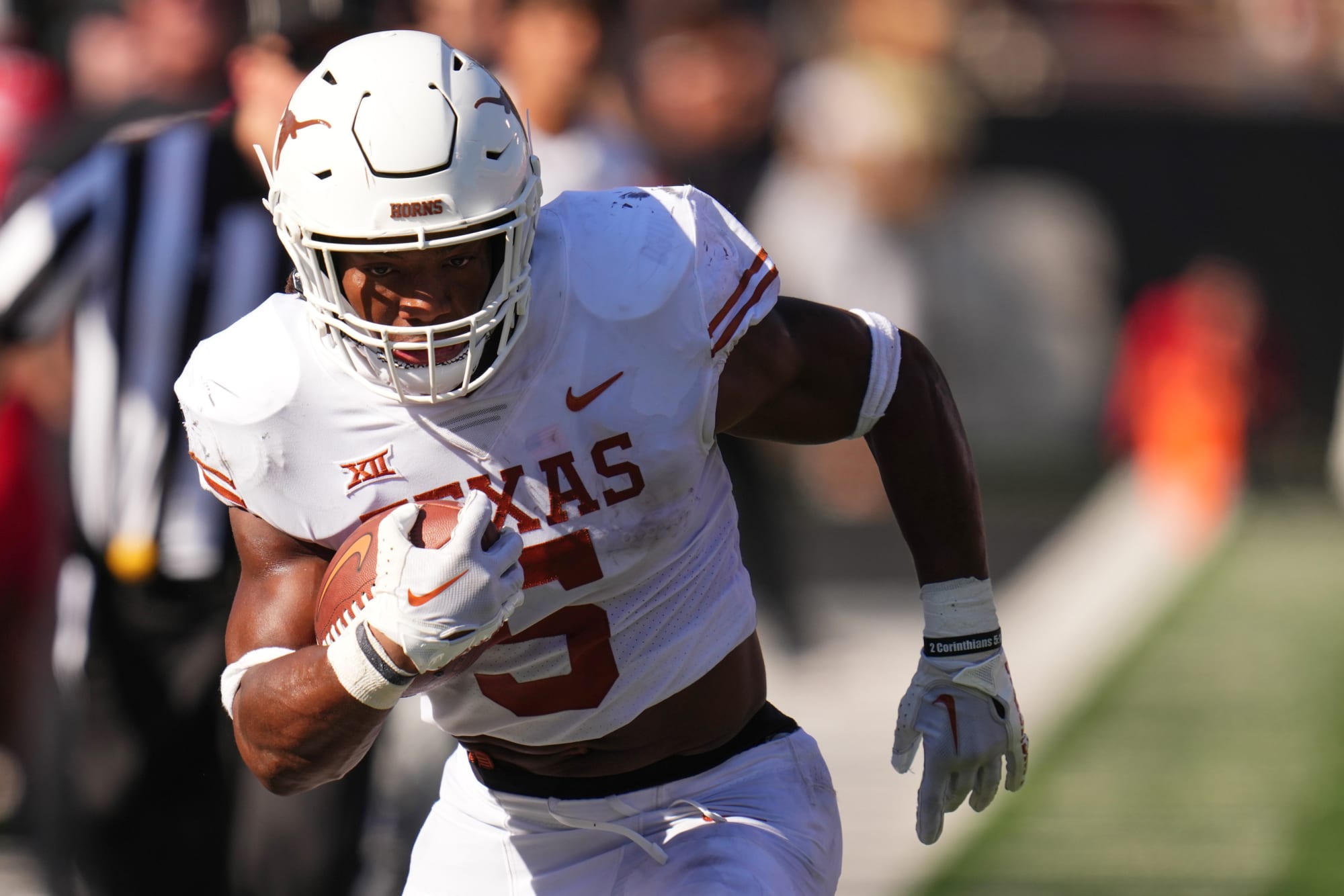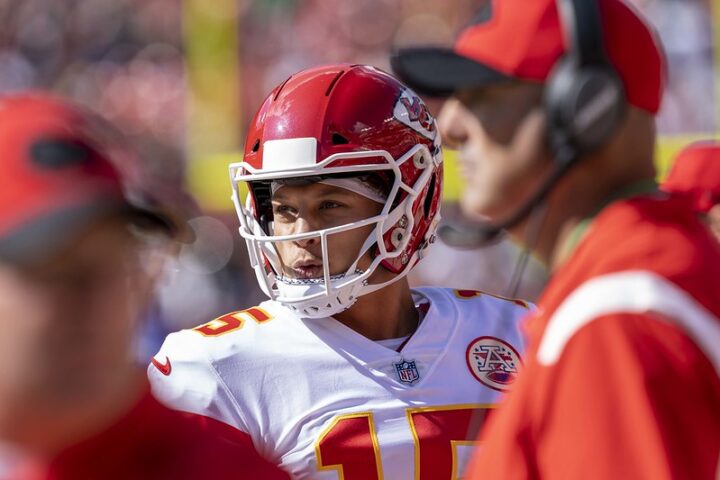There might actually be a riskier position to take in the first round of an NFL Draft than a running back.
While quarterbacks, offensive tackles and edge rushers usually dominate the top-half of any particular NFL Draft, it is understandable as to why the running back position has been devalued in the 21st century.
Most of it has to do with the physical nature of the position itself. There is only so much tread on the tires. It is also the one position where you cannot mitigate injuries from happening as readily as others. But above all else, the NFL is an increasingly passing-centric league. Quarterback play is everything, so it is important to keep him upright, as is being able to rush the passer prolifically.
But what if there is a position that is riskier to take in the first round than even a running back?
Ben Baldwin, otherwise known as Compute Cowboy, suggests it might be a bigger gamble to go with a tight end as a top-32 selection. It is more of a hunch than anything, but the thought of it is certainly fascinating.
For those who love numbers in their writing (a.k.a. not me), Baldwin has a pretty sweet chart in this Twitter thread. But what really does it for me is his two-pronged thesis:
- Tight ends take forever to develop
- We collectively stink at evaluating the position at the professional level
For all the Kyle Pittses and the T.J. Hockensons of the world who went in round one, future hall of famers actively playing like Travis Kelce and George Kittle went in the third and fifth round in their respective drafts. Even stranger, the Baltimore Ravens once drafted Hayden Hurst ahead of Lamar Jackson in the first round, while Mackey Award winner Mark Andrews went in the third round, too.
Baldwin might be on to something. Let’s expound on that in the terms of team roster construction.
NFL Draft: First-round tight ends might be a bigger crapshoot than running backs
Admittedly, we’ve come a long way since Mike Ditka ran drag routes to perfection in his illustrious playing career for the Chicago Bears. It was a lifetime ago when Kellen Winslow changed the game by catching passes from Dan Fouts in Don Coryell’s incredibly innovative aerial attack. And while guys like Tony Gonzalez and Shannon Sharpe redefined the position again in the ’90s, we are not done.
We’ve seen others like Kelce, Kittle and Rob Gronkowski take the position to new heights as oversized slot receivers that can carry a passing attack, while providing a little extra physicality, of course. It’s great stuff, to be totally honest. However, I think Baldwin has tapped into something we all kind of inherently knew but never really discussed. Drafting tight ends is a total crapshoot.
I think when you go with a running back in the first round, it doesn’t feel as likely to blow up in a team’s face as in years past. Yes, they are more selective in the matter, but you typically end up seeing guys like Ezekiel Elliott, Todd Gurley and Christian McCaffrey going high. The shelf life is not that long, but we all knew their games coming out would translate, just like 2023 draftee Bijan Robinson’s will.
Frankly, you can still get tremendous value by taking a great college running back in day two or even day three of the draft. However, when a guy coming out is of Elliott, Gurley and McCaffrey’s ilk, it is worth the gamble to get that fifth year of control. Plus, we all saw them star at big-time programs like Ohio State, Georgia and Stanford at the time. Texas highlighted Robinson very well.
On the other side of the coin, even sure things like Pitts aren’t always that. He had a stellar rookie season out of Florida with the Atlanta Falcons, but injuries and quarterback play had him suffer the ill-fated sophomore slump. I anticipate a huge year out of him with Desmond Ridder throwing him the ball, but you never know. It is just the nature of the beast with the tight end position itself.
Iowa and Georgia may argue for the right to be called Tight End U, but Kittle rarely caught passes in college. He wasn’t viewed like Dallas Clark coming out is exactly what I’m saying. Darnell Washington is an absolute behemoth of a man, but he may be the next version of Big Dog Marcedes Lewis. Actually, that is exactly what I’m hoping for because who doesn’t love Big Dog?
Because the position is constantly evolving, it is hard to tell what to look for in the evaluation process. Perhaps even more difficult, NFL teams have to mold whatever the college ranks give them, whether that be a blocking tight end who played for Kirk Ferentz or a glorified slot receiver who played for one of Mike Leach’s many Air Raid disciples (RIP). Again, this is a total crapshoot.
Overall, I do anticipate that a few NFL general managers out there will crack the tight end code over the next several years. Innovation is key, as necessity is the mother of invention. There will be another team like the New England Patriots who have no idea what they are doing at wide receiver, so they load up on tight ends and slot receivers to dominate the middle of the gridiron.
Ultimately, nothing is a sure thing in the draft process, which is what makes it such a captivating part of this sport to follow. While I doubt tight ends will ever be anywhere as easy to evaluate as book-end tackles, edge rushers with elite bend, defensive backs with great hips and 6-foot-3 pocket passers who can absolutely spin it, I expect this position will find its water soon.
In the meantime, this is your warning for reaching on what you think a tight end could be for you.




